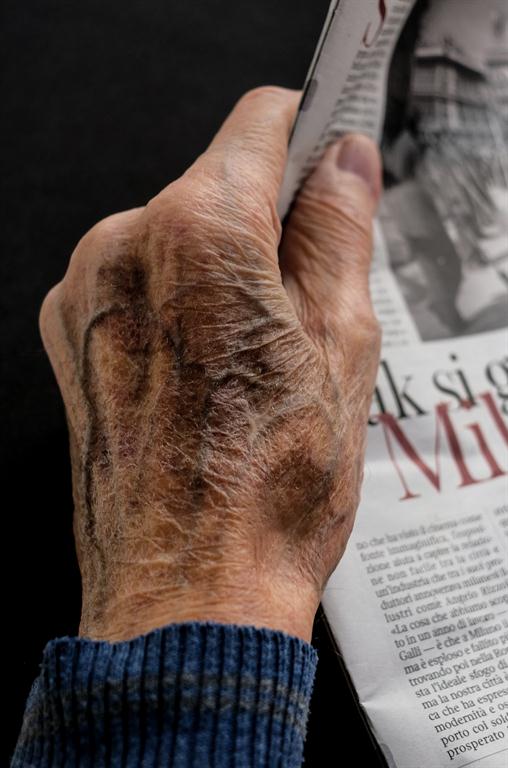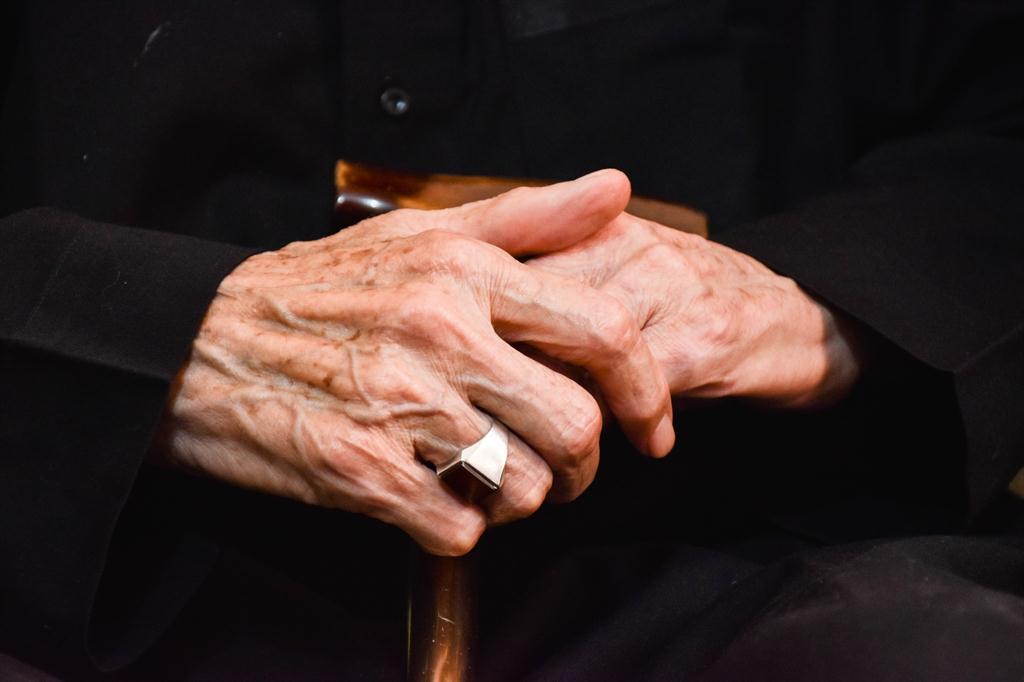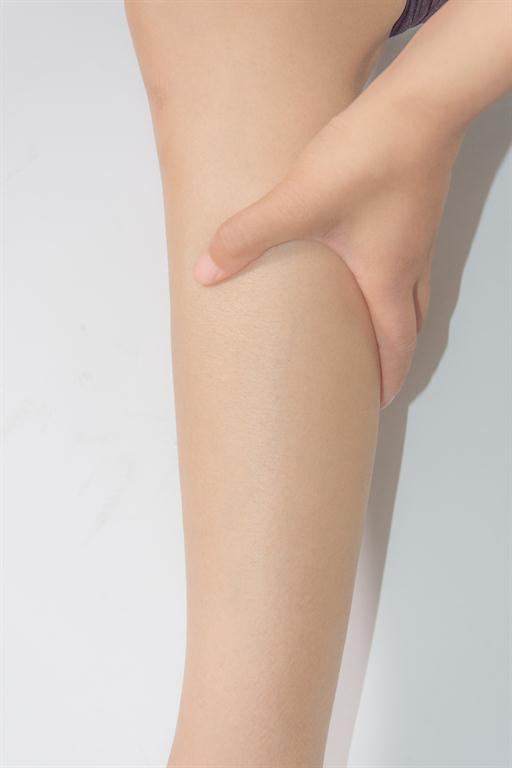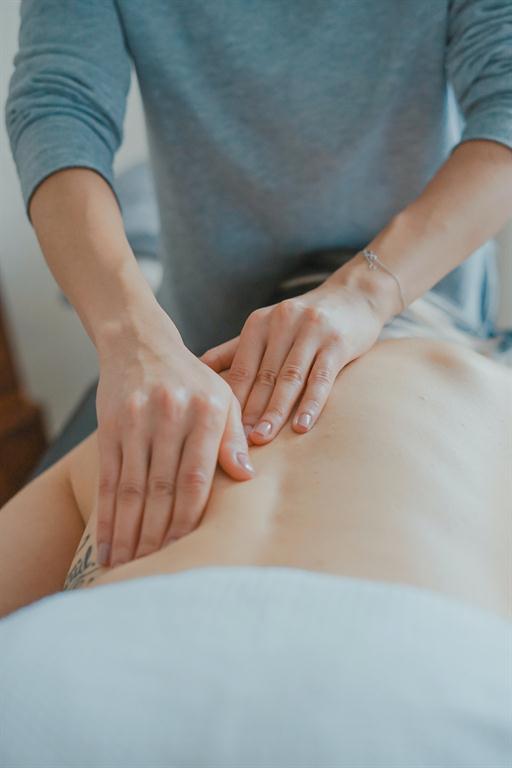Living a more active life
Osteoarthritis is a leading cause of disability in older adults, affecting an estimated 7% of the global population, which equates to more than 500 million people.
Osteoarthritis is one of two conditions that results in pain and inflammation in joints. The other type is rheumatoid arthritis (RA).
OA occurs when the cartilage that sits between the bones in a joint wears down. People sometimes refer to the condition as “wear and tear” arthritis.
RA occurs when the immune system mistakenly attacks healthy body tissue. It causes damage to the joints but can also affect muscles, connective tissue, tendons, and fibrous tissue.
According to the World Health Organization (WHO)Trusted Source, RA is less common but still affects an estimated 0.3 –1% of the world’s population. It also tends to appear earlier in life than OA — typically between the ages of 20 and 40 years — and it can severely affect day-to-day activities. The WHO notes, “Within 10 years of onset, at least 50% of patients in developed countries are unable to hold down a full time job.”
Aside from OA and RA, there are several other forms of arthritis, including:
Juvenile arthritis: This umbrella term describes a group of conditions that affect children.
Spondyloarthropathies: These autoimmune conditions can attack the joints.
Systemic lupus erythematosus: This autoimmune condition can affect many tissues of the body, including the joints.
Gout: In this condition, urate crystals accumulate in joints.
Infectious and reactive arthritis: This type refers to joint inflammation resulting from an infection.
Psoriatic arthritis: This condition affects almost one-third of people with psoriasis.
A lot of misconceptions however still surround arthritis.
1. Only older adults develop arthritis
Arthritis is more common in older adults, but it can affect people of any age. One study, which took data from the National Health Interview Survey in the United States, found that doctors have diagnosed arthritis in 49.7% of adults aged 65 years or older.
However, the researchers also reported that 30.3% of adults aged 45 – 64 and 7.3% of people aged 18 – 44 had an arthritis diagnosis.
2. If your joints hurt, it is arthritis
Not all joint pain is arthritis, and not all joint discomfort is a sign that arthritis will develop later. There are many possible causes of pain in and around the joints, including tendinitis, bursitis, and injuries.
3. People with arthritis should not exercise
Exercise is not generally an activity that people with arthritis need to avoid, although they should speak with their doctor before beginning a regimen. Exercise can help maintain range of motion and strength in the joints.
4. Nightshade vegetables worsen arthritis
Dr. Brian Schulz, a sports medicine specialist and orthopedic surgeon at Cedars-Sinai Kerlan-Jobe Institute in Los Angeles, CA, however debunks this statement. The Arthritis Foundation does recommend certain anti-inflammatory foods, including oily fish that are rich in omega-3, colorful fruits and vegetables rich in antioxidants, nuts and seeds, and beans.
5. Heat is better than ice for sore joints
According to Guy’s and St Thomas’s National Health Service (NHS) Foundation Trust in the United Kingdom, used in the right way, heat can help reduce pain and stiffness in joints and muscles. Cold application can help reduce joint inflammation and swelling.
6. Arthritis is not preventable
This is a partial myth. It is not possible to prevent every case of arthritis, as some risk factors, such as advancing age, are not modifiable. However, people can eliminate or minimize certain risk factors to prevent the onset of arthritis or slow its progression.
7. After receiving a diagnosis, there is nothing you can do
Although there is often no cure for the disease, its course varies depending on the type of arthritis. Medications are available that can help reduce the symptoms of many types of arthritis and slow disease progression.
8. Glucosamine and chondroitin can cure arthritis
Generally, there is no cure for arthritis. However, glucosamine and chondroitin supplements may help relieve symptoms for some people with OA.
9. Weather changes can make arthritis worse
According to dr. John Tiberi, an orthopedic surgeon who specializes in joint replacement and joint preservation at Cedars-Sinai Kerlan-Jobe Institute, there is not a concrete, conclusive scientific explanation for the effect of weather on the symptoms of arthritis.
Source: Medicalnewstoday.com
OA occurs when the cartilage that sits between the bones in a joint wears down. People sometimes refer to the condition as “wear and tear” arthritis.
RA occurs when the immune system mistakenly attacks healthy body tissue. It causes damage to the joints but can also affect muscles, connective tissue, tendons, and fibrous tissue.
According to the World Health Organization (WHO)Trusted Source, RA is less common but still affects an estimated 0.3 –1% of the world’s population. It also tends to appear earlier in life than OA — typically between the ages of 20 and 40 years — and it can severely affect day-to-day activities. The WHO notes, “Within 10 years of onset, at least 50% of patients in developed countries are unable to hold down a full time job.”
Aside from OA and RA, there are several other forms of arthritis, including:
Juvenile arthritis: This umbrella term describes a group of conditions that affect children.
Spondyloarthropathies: These autoimmune conditions can attack the joints.
Systemic lupus erythematosus: This autoimmune condition can affect many tissues of the body, including the joints.
Gout: In this condition, urate crystals accumulate in joints.
Infectious and reactive arthritis: This type refers to joint inflammation resulting from an infection.
Psoriatic arthritis: This condition affects almost one-third of people with psoriasis.
A lot of misconceptions however still surround arthritis.
1. Only older adults develop arthritis
Arthritis is more common in older adults, but it can affect people of any age. One study, which took data from the National Health Interview Survey in the United States, found that doctors have diagnosed arthritis in 49.7% of adults aged 65 years or older.
However, the researchers also reported that 30.3% of adults aged 45 – 64 and 7.3% of people aged 18 – 44 had an arthritis diagnosis.
2. If your joints hurt, it is arthritis
Not all joint pain is arthritis, and not all joint discomfort is a sign that arthritis will develop later. There are many possible causes of pain in and around the joints, including tendinitis, bursitis, and injuries.
3. People with arthritis should not exercise
Exercise is not generally an activity that people with arthritis need to avoid, although they should speak with their doctor before beginning a regimen. Exercise can help maintain range of motion and strength in the joints.
4. Nightshade vegetables worsen arthritis
Dr. Brian Schulz, a sports medicine specialist and orthopedic surgeon at Cedars-Sinai Kerlan-Jobe Institute in Los Angeles, CA, however debunks this statement. The Arthritis Foundation does recommend certain anti-inflammatory foods, including oily fish that are rich in omega-3, colorful fruits and vegetables rich in antioxidants, nuts and seeds, and beans.
5. Heat is better than ice for sore joints
According to Guy’s and St Thomas’s National Health Service (NHS) Foundation Trust in the United Kingdom, used in the right way, heat can help reduce pain and stiffness in joints and muscles. Cold application can help reduce joint inflammation and swelling.
6. Arthritis is not preventable
This is a partial myth. It is not possible to prevent every case of arthritis, as some risk factors, such as advancing age, are not modifiable. However, people can eliminate or minimize certain risk factors to prevent the onset of arthritis or slow its progression.
7. After receiving a diagnosis, there is nothing you can do
Although there is often no cure for the disease, its course varies depending on the type of arthritis. Medications are available that can help reduce the symptoms of many types of arthritis and slow disease progression.
8. Glucosamine and chondroitin can cure arthritis
Generally, there is no cure for arthritis. However, glucosamine and chondroitin supplements may help relieve symptoms for some people with OA.
9. Weather changes can make arthritis worse
According to dr. John Tiberi, an orthopedic surgeon who specializes in joint replacement and joint preservation at Cedars-Sinai Kerlan-Jobe Institute, there is not a concrete, conclusive scientific explanation for the effect of weather on the symptoms of arthritis.
Source: Medicalnewstoday.com







Kommentaar
Republikein
Geen kommentaar is op hierdie artikel gelaat nie